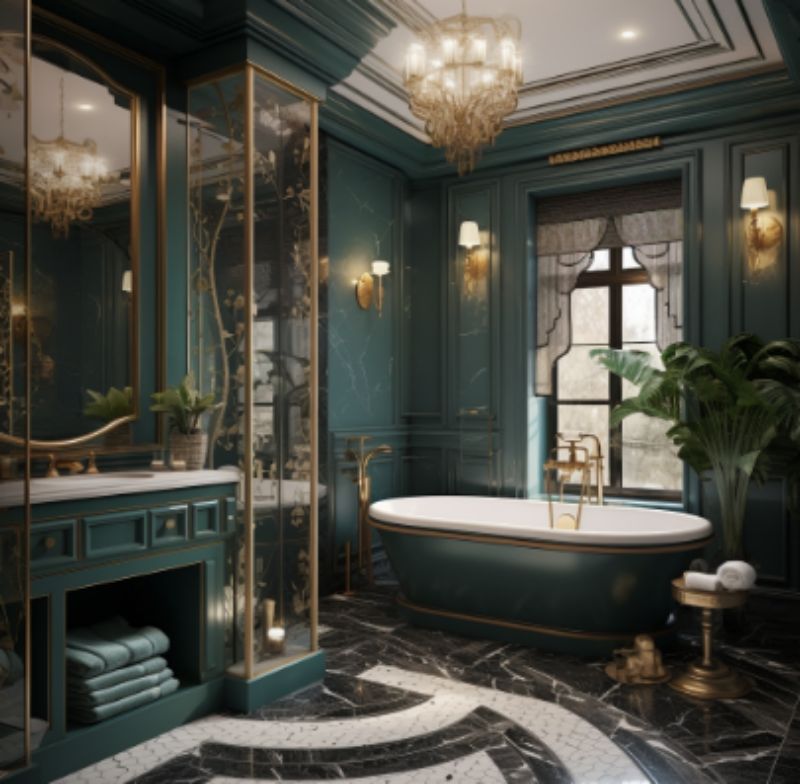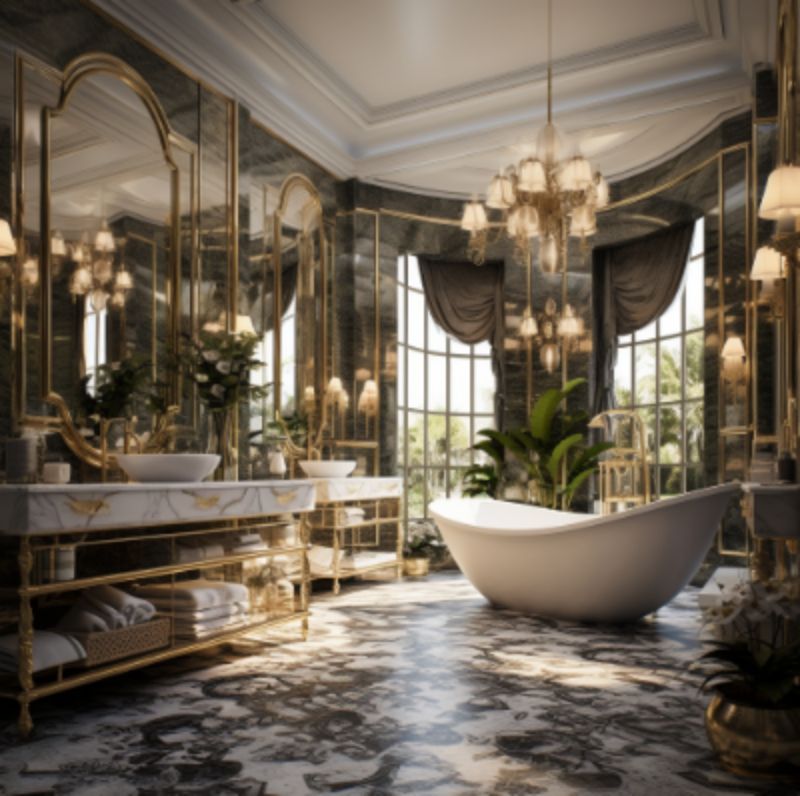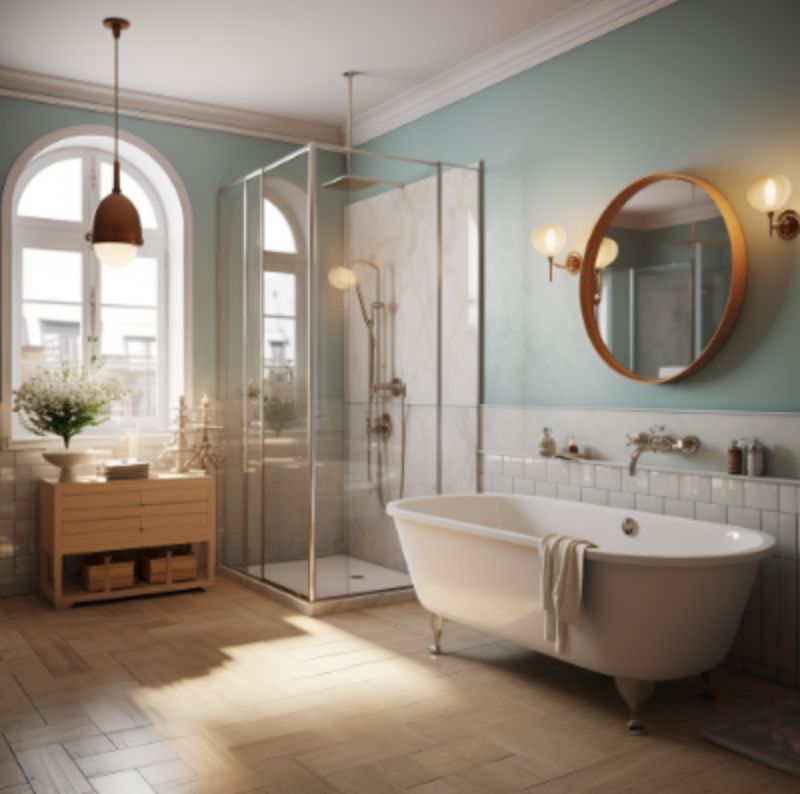Europe’s architectural heritage is a tapestry woven through millennia, reflecting a wide array of cultural epochs and artistic movements. From the classical grandeur of Ancient Greece and Rome to the intricate Gothic cathedrals, the whimsical art nouveau, and the sleek lines of modernism, each era has left an indelible mark on the continent’s built environment. This rich history is inextricable from the design of the European home, including one of its most intimate spaces: the bathroom.
Historically, the European bathroom was a strictly utilitarian space, separate from the opulent living areas. The Victorian era saw the evolution of bathroom luxury, with the introduction of ornate fixtures and the belief in hygiene as a moral imperative. This paved the way for more personalized and expressive bathroom designs, which began to reflect the broader architectural styles of homes.
In the wake of two World Wars, Europe underwent a period of reconstruction and modernization. The mid-20th century saw the rise of modernism, which eschewed the ornamentation and historical references of the past for functionality and simplicity. This movement brought about the concept of the “bathroom as a retreat,” a sanctuary within the home for relaxation and self-care. Bathroom design became more contemplative of individual experience, integrating technology and comfort.
Today, European bathroom design is a confluence of its layered past and its innovative present. Bathroom vanities and styles are no longer one-size-fits-all but are tailored to the unique character of each European region, reflecting a fusion of historical tribute and contemporary lifestyle.
In Southern Europe, for instance, the bathroom may celebrate the Mediterranean’s light and color, with terracotta or mosaic tiles, and vanities that echo the warmth and earthy tones of the region’s traditional dwellings. Conversely, in Scandinavia, the design ethos is “less is more,” favoring minimalism, functionality, and the use of natural materials. Here, bathroom cabinets are often sleek, with clean lines and a palette of whites, greys, and light woods that evoke the Nordic environment.
Central Europe, with its legacy of Baroque and Rococo, still exhibits a preference for the grandeur and opulence of those times in some of its bathroom designs, with elaborate woodwork and gold accents. However, there is also a strong trend towards the Bauhaus-inspired designs that originated in Germany, which emphasize efficiency and industrial elegance. Vanities in these bathrooms are often striking in their simplicity, focusing on geometric forms and rational design.
The UK has its own distinct bathroom aesthetics that often encompass a blend of the traditional and the contemporary. Victorian-style bathroom fixtures remain popular, with clawfoot bathtubs and pedestal sinks, yet they are increasingly combined with modern amenities and sleek, space-saving cabinets that accommodate smaller British homes.
The historical impact on bathroom design is not only aesthetic but also technical. The legacy of Roman aqueducts and baths has translated into a European emphasis on quality plumbing and water efficiency. This legacy is present in the engineering of modern bathroom vanities, which incorporate advanced water-saving faucets and fixtures.
Sustainability is also becoming an integral part of European bathroom design, in response to the continent’s growing environmental consciousness. Manufacturers increasingly use recycled materials and adopt eco-friendly production methods. The design of vanities often allows for repair and customization, extending product life and reducing waste.
Furthermore, Europe’s architectural diversity has meant that bathroom design must be highly adaptable. In urban apartments, where space is at a premium, vanities and fixtures often have a modular design that allows for flexibility and maximization of space. Meanwhile, in rural or historic homes, bathroom design may need to accommodate irregular spaces, requiring bespoke cabinetry that respects the existing architecture.
In summary, the European bathroom is a reflection of a continent that values both its past and its future. It is a space that harmonizes historical styles with modern design principles and technological advancements. Bathroom vanities in Europe are not mere storage solutions but are carefully considered pieces that contribute to the overall design narrative of the home. They balance form and function, heritage, and innovation, encapsulating the diverse architectural spirit of Europe within the sanctuary of the bathroom.
Post time: Nov-27-2023








